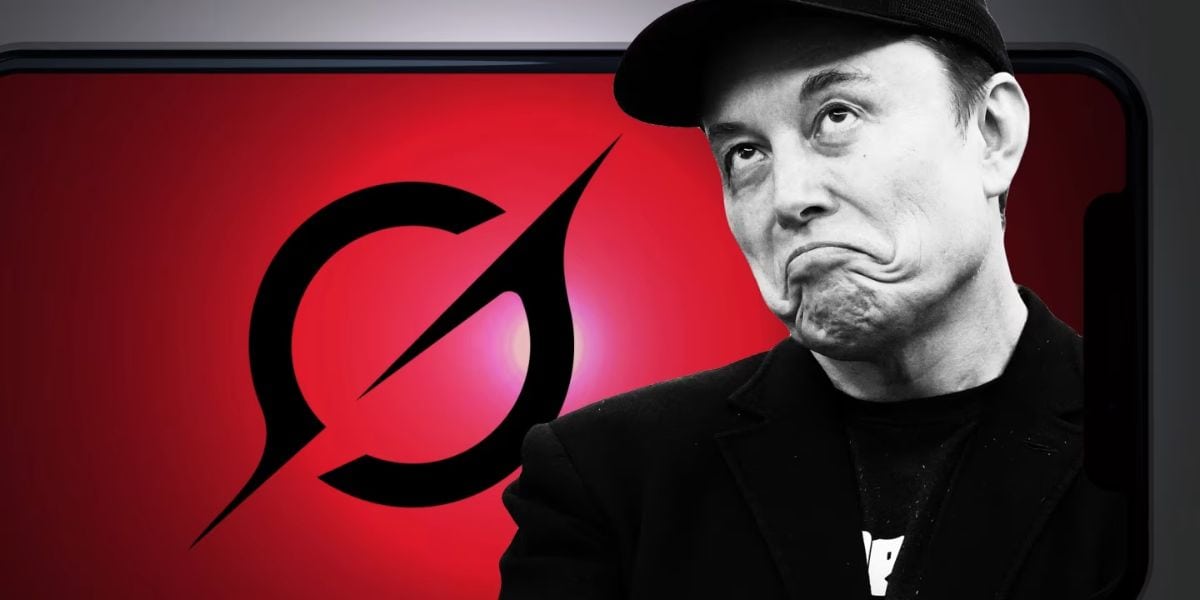
Elon Musk’s xAI has made a huge announcements a couple of days back about Grok 2.5, and that it was going to be open source. According to the metrics, it seems like Grok 2.5 has rounded itself well into a large language model. The model’s release, including complete weights, has sparked excitement in the AI community. xAI says Grok 3, the next iteration, is also expected to follow in approximately six months.
Grok 2.5 is Open Source… Or Is It?
Despite the announcement and excitement, some AI developers and open source advocates have raised eyebrows. Elon Musk claimed explicitly that the AI is shifting training grounds, stating:
The @xAI Grok 2.5 model, which was our best model last year, is now open source.
Grok 3 will be made open source in about 6 months. https://t.co/TXM0wyJKOh
— Elon Musk (@elonmusk) August 23, 2025
Before going any further, we need to clear some air. What does “open source” mean, technically?
While Grok 2.5 is technically available for download and experimentation, its license, termed the Grok 2 Community License, places strict limits on how it can be used. These restrictions prevent users from training or improving foundational AI models with Grok 2.5, limiting activities to fine tuning only.
Companies Love to Exaggerate “Open Source”
This release is part of a trend analysts call “open washing,” where companies claim open source status to boost public perception and investor interest without fully granting unrestricted access. Mark Zuckerberg faced similar criticism with Meta Llama. Unofficially, experts suggest Musk’s move is designed to generate enthusiasm for Grok over competitors in the crowded AI market.
Officially, xAI frames it as an effort to increase transparency and encourage developer participation. Users can run, study, and modify Grok 2.5, and xAI may consider integrating improvements. However, restrictions on field of use, commercial activity, and foundational model training mean that, according to open source purists, Grok 2.5 cannot be considered truly open source.
Grok’s current licence states:
You may not use the Materials, derivatives, or outputs (including generated data) to train, create, or improve any foundational, large language, or general-purpose AI models, except for modifications or fine-tuning of Grok 2 permitted under and in accordance with the terms of this Agreement.
Grok 2.5 Open Source Compliance Debate
Stefano Maffulli, Executive Director of the Open Source Initiative, believe that licenses with field of use restrictions violate the Open Source Definition. Grok 2.5’s limitations, including conditional commercial use, restricted derivative training, and termination clauses, prevent it from meeting widely accepted open source standards.
In contrast, models like Allen Institute’s Olmo2 or Mistral comply fully with open source AI definitions.
What Developers Can Actually Do
Despite the restrictions, developers can experiment with Grok 2.5 to study AI behaviors, fine tune outputs, and explore its architecture. It opens a door for transparency and understanding in advanced AI systems. However, if you are expecting it to be open source, then you are in for a world of disappointment.
Other AI projects like Phi-2, BLOOM, and GPT-OSS offer more unrestricted environments for hands on learning.
You can use Grok AI via X platform or get the iOS/Android apps from the respective app stores.
